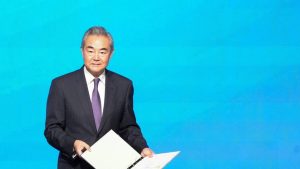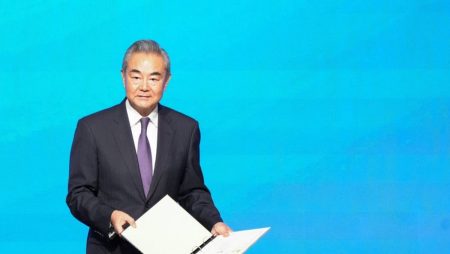The death of Brian Thompson, CEO of UnitedHealthcare, sent shockwaves through the corporate world and ignited a complex legal investigation. Thompson’s untimely demise, initially shrouded in mystery, quickly unfolded into a criminal case with the arrest of Luigi Mangione. Mangione, who now faces federal charges of murder, stalking, and weapons offenses, is at the center of a case that continues to develop with emerging details and potential legal ramifications. This in-depth analysis will explore the timeline of events, the charges against Mangione, the potential legal strategies of both the prosecution and defense, the implications for UnitedHealthcare, and the broader societal context surrounding executive safety.
The initial reports surrounding Thompson’s death were scant, offering few details about the circumstances. Authorities responded to a call and discovered Thompson deceased at his residence. While early indications hinted at foul play, it took time for investigators to gather sufficient evidence to identify and apprehend a suspect. The arrest of Luigi Mangione marked a turning point in the investigation, transforming what initially appeared to be an isolated tragedy into a potential case of targeted violence. The subsequent unsealing of the federal complaint against Mangione revealed the extent of the charges, including murder, stalking, and weapons violations, painting a picture of a premeditated act.
The federal complaint against Mangione alleges not only that he murdered Brian Thompson but also that he engaged in a pattern of stalking behavior leading up to the killing. This element of premeditation is likely to be a key focus of the prosecution’s case. They will likely seek to establish a clear link between Mangione and Thompson, demonstrating a motive for the alleged stalking and the ultimate act of violence. Evidence such as communication records, witness testimonies, and physical evidence placing Mangione at the scene of the crime will be crucial in building a compelling narrative of guilt. Furthermore, the weapons charges suggest that the alleged murder was not a spontaneous act, but rather a planned event involving the acquisition and use of a weapon.
Mangione’s defense team will face the formidable challenge of countering the prosecution’s case. They may explore various legal strategies, including challenging the admissibility of certain evidence, questioning the reliability of witness testimonies, and potentially arguing for a lesser charge based on mitigating circumstances. The defense might also delve into Mangione’s psychological state, exploring the possibility of diminished capacity or mental illness as factors influencing his actions. Establishing a credible alternative narrative that casts doubt on Mangione’s guilt will be paramount to the defense’s success. The legal battle promises to be complex and protracted, requiring meticulous examination of the evidence and intricate legal arguments.
Beyond the legal proceedings, Thompson’s death has significant ramifications for UnitedHealthcare, the company he led. The sudden loss of a CEO can create instability and uncertainty within an organization, especially one as large and influential as UnitedHealthcare. The company’s board of directors will need to navigate the transition to new leadership while ensuring business continuity and maintaining the confidence of investors and employees. Furthermore, the circumstances surrounding Thompson’s death may prompt a review of executive security protocols within the company and across the corporate world. This tragic event serves as a stark reminder of the vulnerabilities of high-profile individuals and the need for comprehensive security measures.
The case of Brian Thompson’s death also raises broader societal questions about violence, security, and the pressures faced by executives in demanding leadership roles. While the specific circumstances surrounding this case are still unfolding, it underscores the potential risks associated with high-profile positions. The increasing interconnectedness of the digital age, coupled with readily available information about individuals’ personal lives, can contribute to a heightened sense of vulnerability. This case may spur discussions about the need for greater awareness and proactive measures to address potential threats against corporate leaders and public figures. The ripple effects of this tragedy extend beyond the immediate legal proceedings, prompting reflection on the broader societal context in which such events occur.










